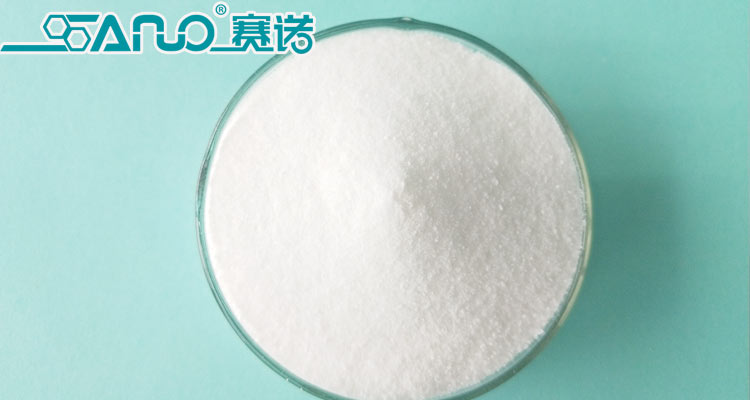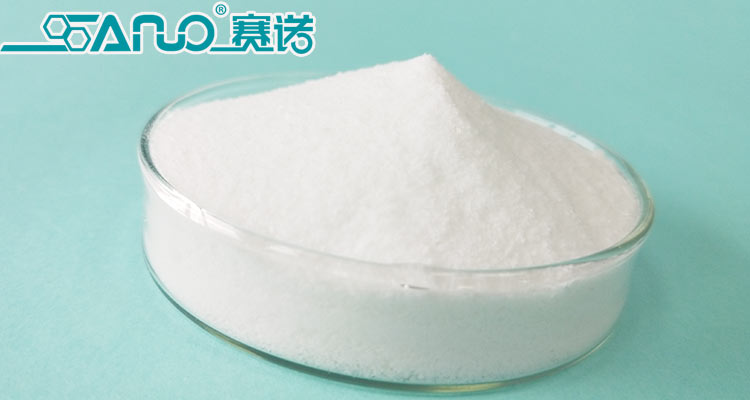In the application of polypropylene fiber spinning, the applicability of polyethylene wax is limited. For ordinary fine denier filaments and high-quality fibers, especially for soft wool like fine denier and BCF filaments suitable for paving and textile coats, polypropylene wax is often preferable to polyethylene wax.
Sainuo high-purity polypropylene wax, moderate viscosity, high melting point, good lubricity, and good dispersibility. It is currently an excellent auxiliary for polyolefin processing, high temperature resistance, and high practicability.
Firstly, due to the incompatibility between polypropylene and polyethylene, it is very difficult to form uniform mixing in the micro sense, which will lead to phase separation.
Secondly, because the melting point of polyethylene wax is significantly lower than that of polypropylene or polypropylene wax, it is difficult to deal with the different melting characteristics of the two polymers. The unevenness and unsuitable rheology of the product may lead to the end breakage of the spinning process. Due to these side effects, the physical textile properties of the fiber become worse.
At this time, it is necessary to use polypropylene wax with low viscosity. Because of its low viscosity and good wettability, it can wet the pigment in a short time. In addition, when drawing and heat setting polypropylene fiber, it can be found from the heat treatment temperature (usually about 130c), which is just within the melting temperature range of polyethylene wax.
Due to the change of crystalline structure of polypropylene primary fiber, it can be observed that molten polyethylene wax seeps into the fiber surface from polypropylene matrix, and not only pure wax, but also pigment will be brought to the surface.

Finally, the compatibility between polypropylene wax and polypropylene resin is good in both micro and macro aspects, and has little effect on mechanical properties. There are two kinds of polypropylene wax polymerized by metallocene catalytic technology: one is homopoly polypropylene wax, and the raw material is propylene; The other is copolymerized polypropylene wax, which uses propylene and ethylene as raw materials.
Generally, homopolypropylene wax has a high melting point between 140-160c, molecular weight from thousands to tens of thousands, corresponding Brookfield viscosity from dozens to several dry, high crystallinity and high hardness. The melting point of copolymerized polypropylene wax is usually between 80-110 ℃, the viscosity of Brookfield is hundreds to thousands or even tens of thousands, and the corresponding molecular weight is thousands to tens of thousands. Due to the addition of ethylene comonomer in copolymerized polypropylene, which disrupts the regular arrangement of propylene molecules, the crystallinity of copolymerized polypropylene is low and the specific melting point is also low.
In the pigment wetting stage, low viscosity wax wetting occurs quickly and the wetting efficiency is higher. But it is required in wire extrusion. In the granulation stage, we hope that the wax has a certain viscosity, which can well transfer the shear force between the pigment and the resin melt, so that the wetted pigment can be evenly distributed in the resin melt. At this time, it can be considered to use polypropylene wax with low melting point and polypropylene wax with high viscosity, so as to achieve the best dispersion.
Qingdao Sainuo Chemical Co.,Ltd. We are manufacturer for PE wax, PP wax, OPE wax, EVA wax, PEMA, EBS,Zinc/Calcium Stearate…. Our products have passed the REACH, ROHS, PAHS, FDA testing.
Sainuo rest assured wax, welcome your inquiry!
Website:https://www.sanowax.com
E-mail:sales@qdsainuo.com
sales1@qdsainuo.com
Adress:Room 2702,Block B, Suning Building, Jingkou Road, Licang District, Qingdao, China
Post time: Mar-10-2022

